
|
You entered: solar eclipse
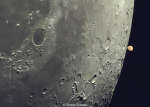 APOD: 2020 August 15 Б Mars at the Moons Edge
APOD: 2020 August 15 Б Mars at the Moons Edge
15.08.2020
Does the Moon ever block out Mars? Yes, the Moon occasionally moves in front of all of the Solar System's planets. Just this past Sunday, as visible from some locations in South America, a waning gibbous Moon eclipsed Mars.
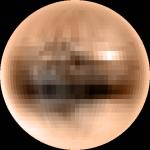 Pluto in True Color
Pluto in True Color
19.03.2001
Pluto is mostly brown. The above picture captures the true colors of Pluto as well as the highest surface resolution so far recovered. No spacecraft has yet visited this most distant planet in our Solar System.
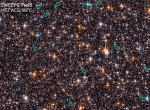 The Hubble SWEEPS Field
The Hubble SWEEPS Field
13.10.2006
This crowded star field towards the center of our Milky Way Galaxy turns out to be a great place to search for planets beyond our solar system. In fact, repeatedly imaging about...
 Mysterious Pluto and Charon
Mysterious Pluto and Charon
8.07.1998
Pluto is the only planet in our Solar System remaining unphotographed by a passing spacecraft. Distant Pluto and its moon Charon therefore remain somewhat mysterious. In addition to direct imaging by the Hubble Space...
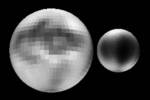 Mysterious Pluto and Charon
Mysterious Pluto and Charon
9.04.2000
Pluto is the only planet in our Solar System remaining unphotographed by a passing spacecraft. Distant Pluto and its moon Charon therefore remain somewhat mysterious. In addition to direct imaging by the Hubble Space...
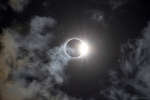 Diamond Ring in a Cloudy Sky
Diamond Ring in a Cloudy Sky
25.08.2017
As the Moon's shadow swept across the US on August 21, eclipse chasers in the narrow path of totality were treated to a diamond ring in the sky. At the beginning and end of totality, the fleeting and beautiful effect often produces audible gasps from an amazed audience.
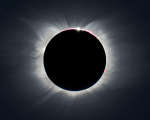 A Total Eclipse of the Sun
A Total Eclipse of the Sun
9.12.2021
Few were able to stand in the Moon's shadow and watch the December 4 total eclipse of the Sun. Determined by celestial mechanics and not geographical boundaries, the narrow path of totality tracked across planet Earth's relatively inaccessible southernmost continent.
 APOD: 2011 December 11 Searching for Meteorites in Antarctica
APOD: 2011 December 11 Searching for Meteorites in Antarctica
11.12.2011
Where is the best place on Earth to find meteorites? Although meteors fall all over the world, they usually just sink to the bottom of an ocean, are buried by shifting terrain, or are easily confused with terrestrial rocks.
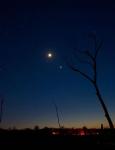 A Western Sky at Twilight
A Western Sky at Twilight
1.05.2004
On April 23rd, the Moon along with planets Saturn, Mars, and Venus (and planet Earth of course ...) were all visible in the west at twilight, captured here from a site near Saylorvillle Lake north of Des Moines, Iowa, USA.
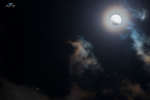 Jupiter by Moonlight
Jupiter by Moonlight
3.11.2023
That bright beacon you've seen rising in the east just after sunset is Jupiter. Climbing high in midnight skies, our Solar System's ruling gas giant was at its 2023 opposition, opposite the Sun in planet Earth's sky, on November 2.
|
January February March April May June July |
|||||||||||||||||||||||||||||||||||||||||||||||||